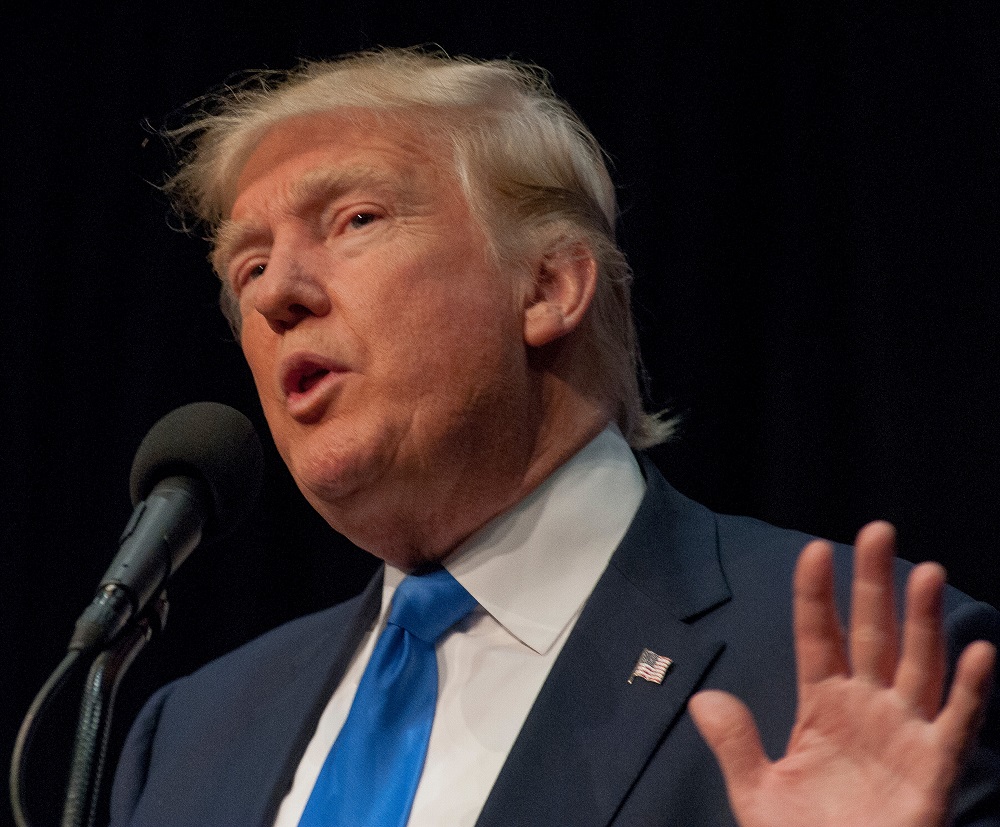President Trump likes to brag about the stock market’s strong performance since his election.
As an investor, I’m okay with that.
President Obama oversaw an enormous stock market rally too, of course. But he came to power with stocks down nearly 60% and didn’t take credit for the rebound.
(This wasn’t just modesty. Rising asset values increase the wealth of people who work, save and invest. But they also exacerbate the “economic inequality” between the nation’s haves and have-nots, something Obama called “the defining challenge of our time.”)
Trump alone is hardly responsible for the remarkable bull market that has continued on his watch.
The stock market is too big, too dynamic and too intertwined with the world economy for any one person – even the man in the White House – to determine its direction.
Yet I’ve given Trump credit for the deregulatory policies and tax reform that have boosted the U.S. economy, business investment and consumer confidence.
Unfortunately, he risks throwing this all away with his misguided and wildly confused trade policies.
For example, when he ran for election, he called NAFTA “the worst agreement ever.”
That’s a bit of an overstatement for something that created the largest free trade zone in the world, with an economic output of more than $20 trillion.
It quadrupled trade between the three countries and quadrupled American exports to Canada and Mexico. It also reduced American dependence on oil from our “friends” in the Middle East.
Yes, some manufacturing jobs went to Mexico. But the agreement created far more jobs than it destroyed.
NAFTA 2.0 – although Trump doesn’t like that name – contains some incremental improvements on the original deal. But it’s hardly a game changer.
He faces tougher challenges now from the European Union (EU).
Trump announced on July 25 that U.S. and European delegates were working to resolve our trade differences.
I had hoped he meant it when he said he wanted to “work toward zero tariffs, zero non-tariff barriers and zero subsidies on non-auto industrial goods.”
After all, these are the words of a free trader, not a protectionist.
I praised him for the apparent change of heart. But too soon it seems.
On August 30, EU Trade Commissioner Cecilia Malmström said the EU is “willing to bring down even our car tariffs to zero, all tariffs to zero, if the U.S. does the same.”
Trump’s response just a few hours later? “That’s not good enough.”
The EU had called his bluff.
President Trump is not just trying to lower trade barriers and promote U.S. exports. He is maneuvering to protect domestic companies from foreign competition.
For instance, he often cites the fact that Europeans put 10% tariffs on U.S. autos while we put only 2.5% tariffs on theirs. But he doesn’t have a problem with the 25% tariff we slap on European trucks.
When the U.S. moves to protect local companies, it increases the pressure on foreign leaders to do the same.
This is not a good thing. The predictable result is fewer innovations, less trade, higher costs and more inflation.
You won’t like the way that plays out in the stock market.
Recall, too, that U.S. tariffs are taxes paid by U.S. consumers – not foreigners – on our Toyotas, televisions and TAG Heuers.
These work against Trump’s vaunted tax cuts.
Likewise, the Trump administration’s deregulatory efforts have saved Americans $1.3 billion this year, according to the American Action Forum.
But that is dwarfed by the $12 billion of taxpayer money going to farmers as recompense for protectionist policies that have provoked retaliatory tariffs on U.S. agricultural products.
With China, Trump faces a tougher test still.
In my next column, I’ll explain what’s at stake – and why his present course of action is perhaps the greatest threat to this long-running bull market.
Good investing,
Alex
